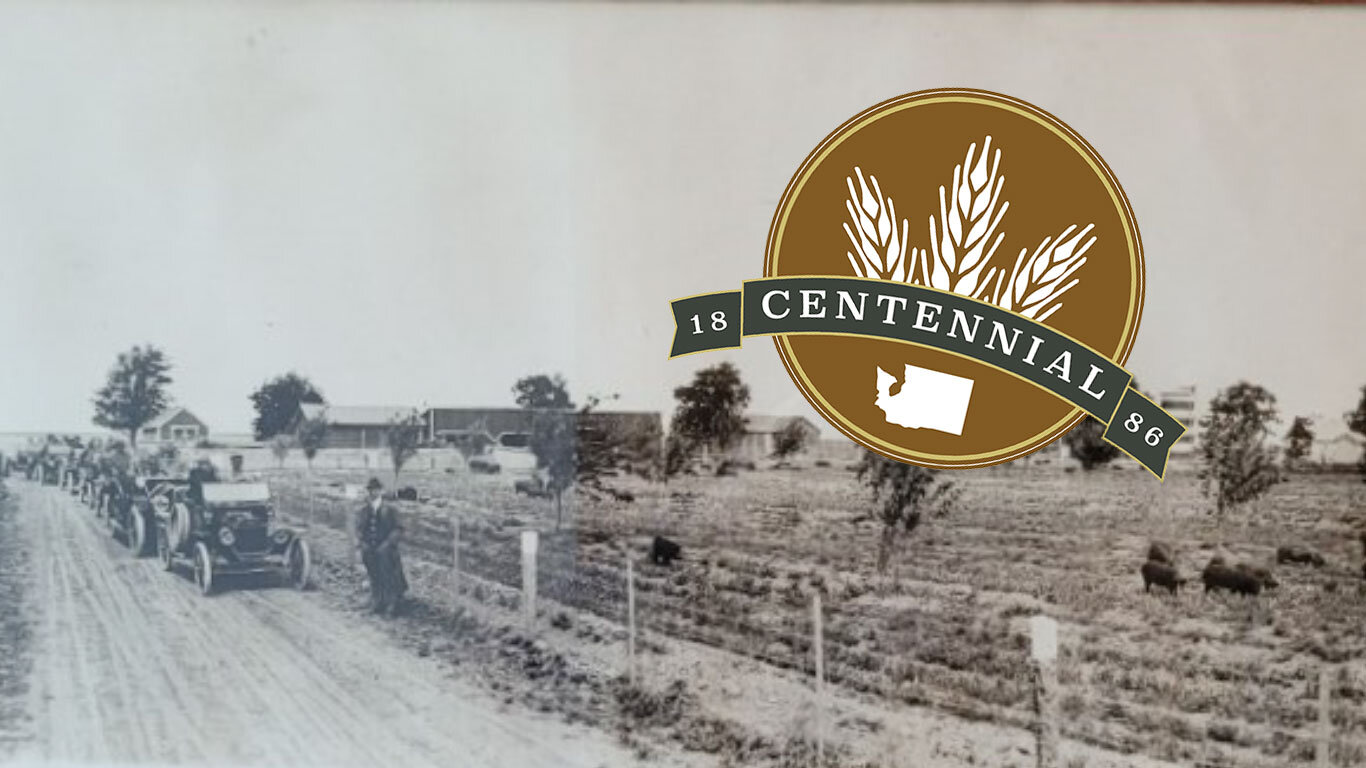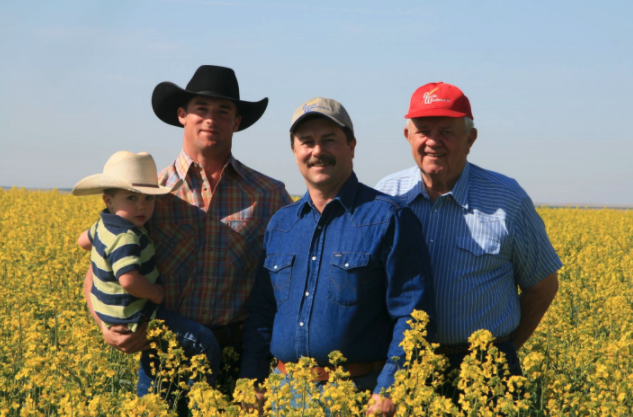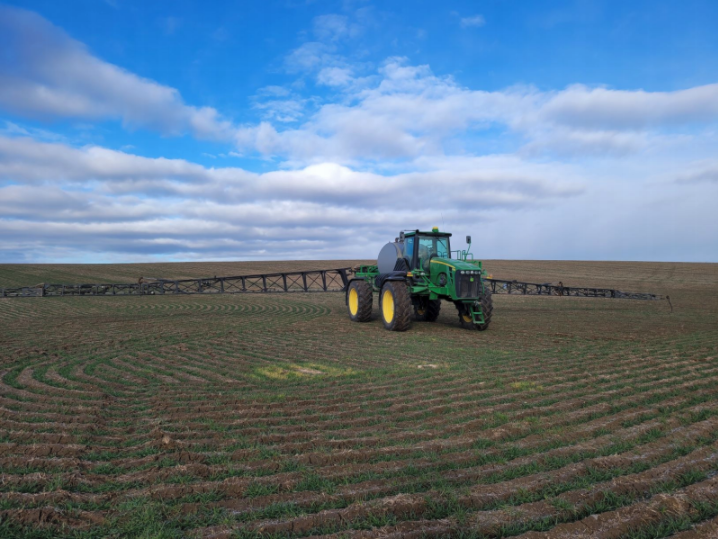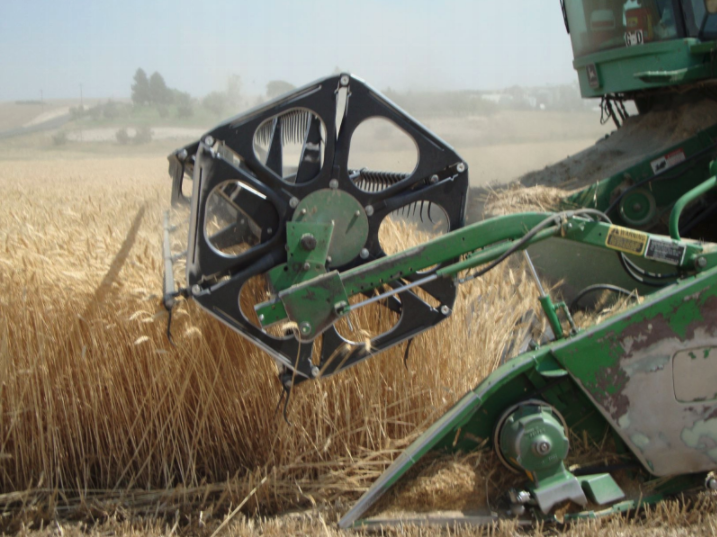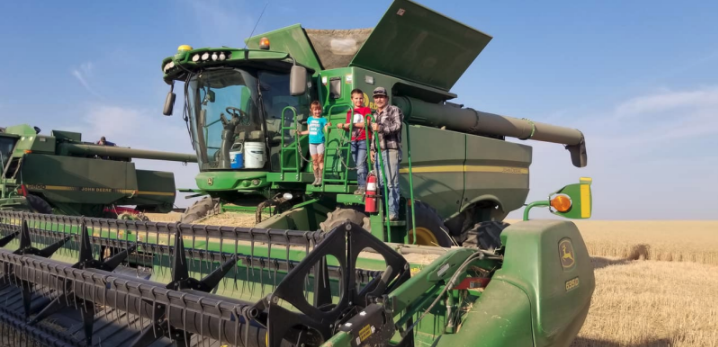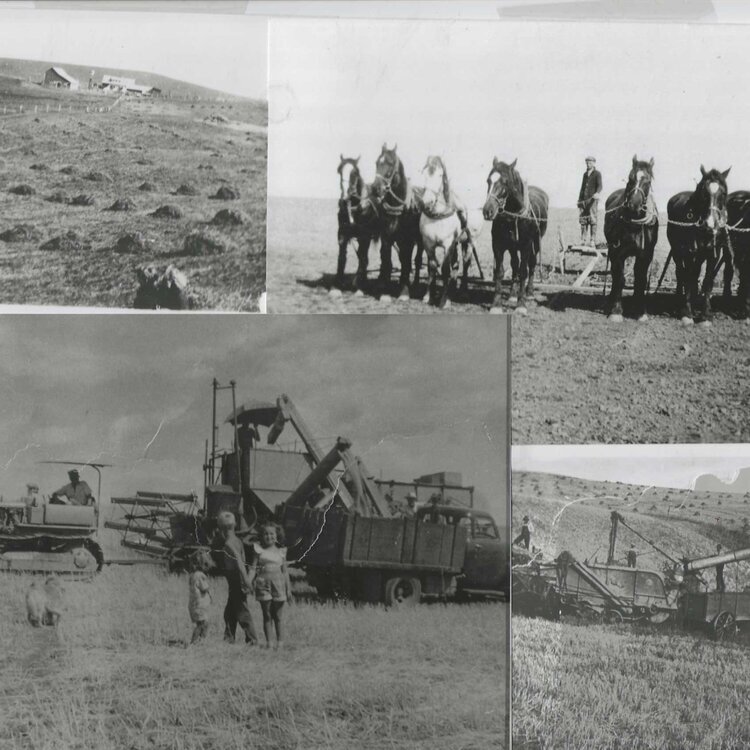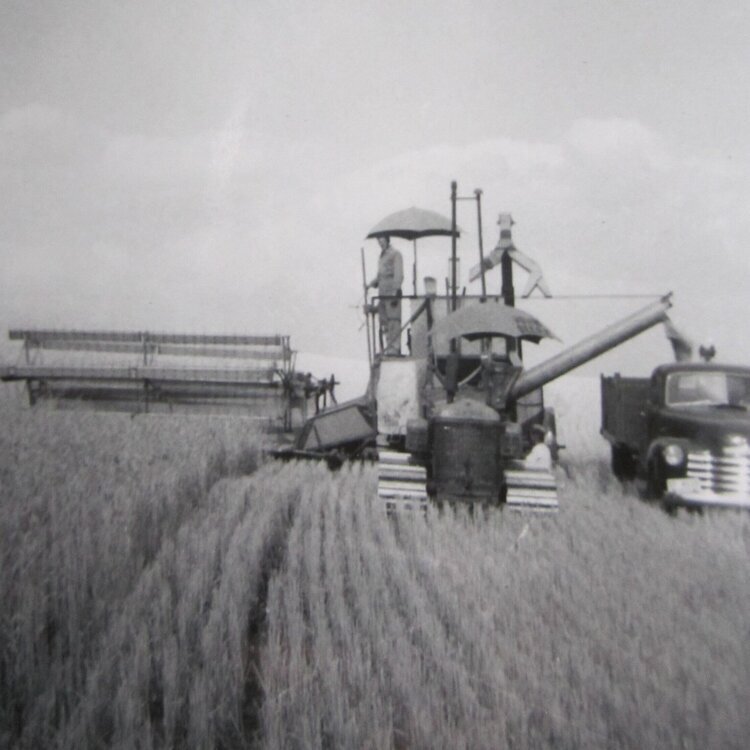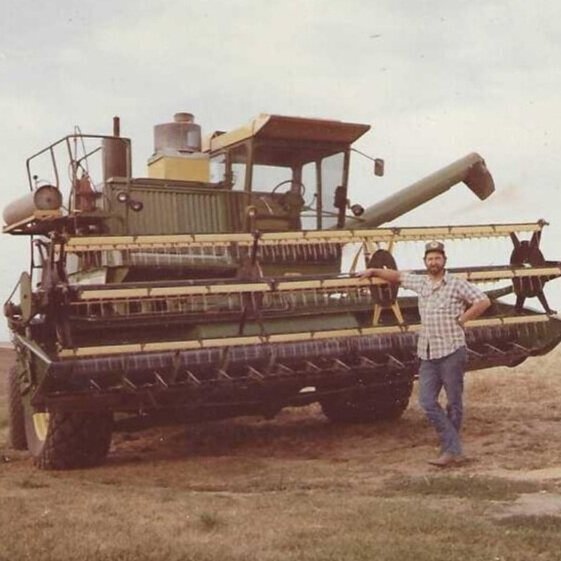Schoesler Farms
SCHOESLER FARMS
History:
In the late 1800’s, three families emigrated from Eastern Europe to settle near ritzville. Little did they know that their stories would be woven together more than 100 years later.
In 1886, Jacob and Henrietta Schoesler emigrated from Kolb, Russia, and settled on a 640 acre plot four miles west of Ritzville.
The same year, William and Anna Heinemann emigrated from Hesse, Germany, settling on a homestead 4 miles south of Ritzville.
A decade later, in 1899, Peter and Katherine Thiel emigrated from Kolb, Russia, and settled on a plot 9 miles west of Ritzville.
More than 100 years later, in 2020, all three of those original homesteads are still in operation, farming wheat, peas, barley and canola.
A team of horses posed for a photograph at the Thiel farm.
In 1910, Jacob Schoesler’s son Elmer married Peter Thiel’s daughter Bertha. 25 years later, their son Gerald married William Heinemann’s granddaughter Dorothy. All three families have been connected for decades, living and working together. Now all three farms are owned and operated by Mark Schoesler and his sister Gail Schoesler Gering.
In the early years, the Schoeslers farmed with mules, while the Thiels and Heinemanns farmed with horses. In the 1930s, gasoline tractors began to appear on the farms. Today, modern tractors, deep furrow drills, combines, semi trucks, and auto-steer sprayers make it possible for Mark and Gail to manage all three farms.
" Our family has always tried to improve our farming ways and keep modern farming equipment in order to do a good job of farming.”
During harvest time in the early years, each farm would harvest about 20 acres a day (up to 40 on a really good day). Today, using modern machinery, Mark will harvest between 300-400 acres a day.
Mark said the biggest lesson he learned from previous generations is risk management and conservative approaches. He saw his grandfather and father take risks and almost lost the farm, so he is much more conservative with his decisions. “Agriculture is not forgiving, you can have a bad crop, but if you do that without risk management you’d be gone.”
Today:
Mark and Gail ARE A 5TH GENERATION BROTHER-SISTER TEAM WHO OPERATE THIS 3,000+ ACRE FARM TOGETHER.
Today they raise wheat, barley, peas and canola. They both have children who are part-owners in the farms, and intend to eventually take over and continue their family farming legacy.
“The biggest lesson I have learned from previous generations is that farming is a legacy,” says Gail. “It has taught me and my children strong work ethics - and we have that feeling of pride and appreciation of carrying it on from one generation to the next.”
Biggest changes:
“The biggest and most helpful change on the farm has been the crop protection products and applications,” said Mark. “They really are game-changing; especially the John Deere self-propelled self-sprayer. It eliminated the waste and over-spraying.”
Technology has changed drastically over the last 135 years. In the beginning, the farmers were hand cutting the wheat, meaning intense labor year-round. And animals were used to power the farm equipment, but caring for the horses and mules was a full-time job in and of itself.

